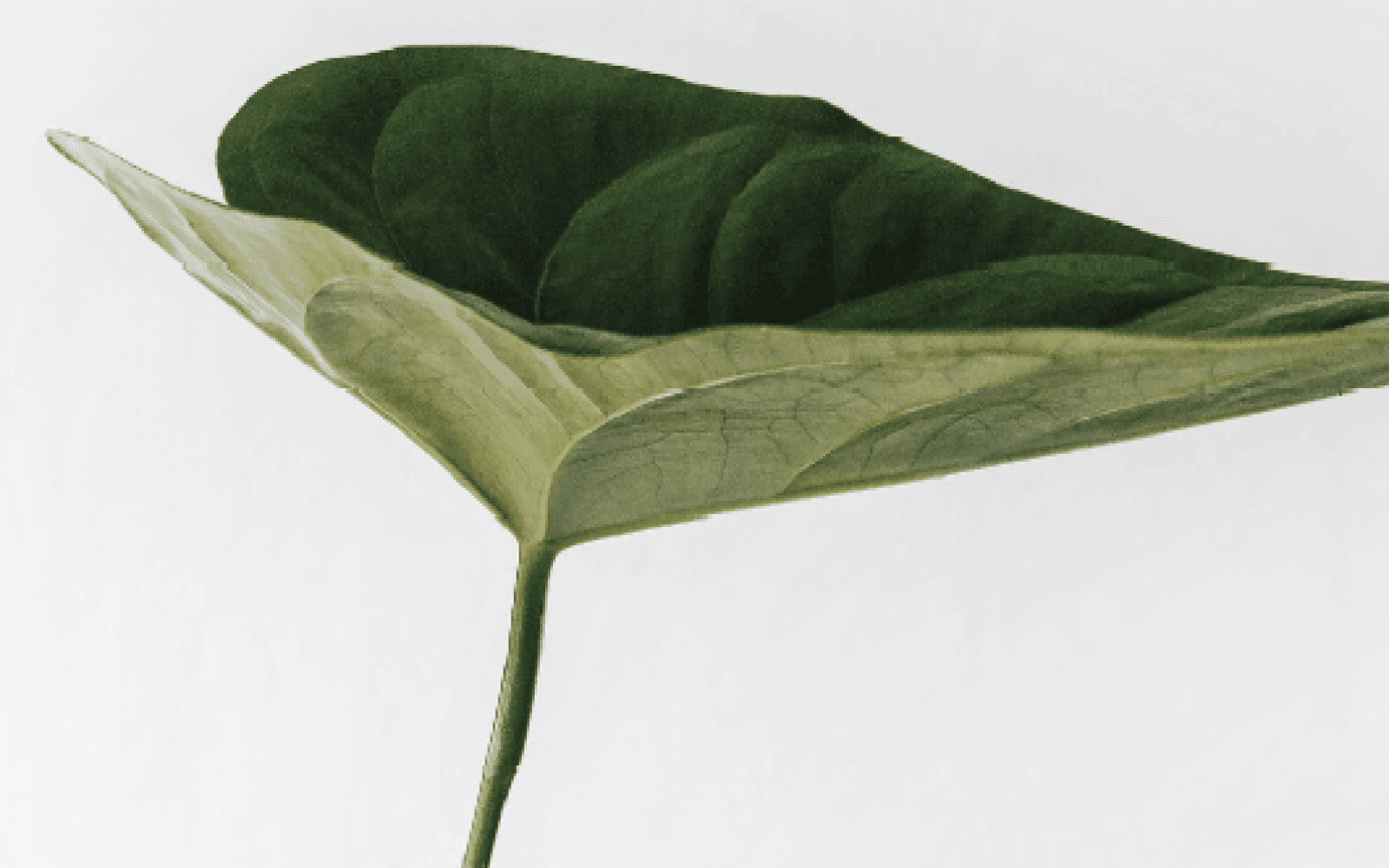Thinking differently – ideas for action on planet & climate

The threats facing our planet are changing quickly, as are the proposed ways forward. There are new entrants daily, ever-increasing public awareness, and growing support for action. At the same time, we are racing past planetary boundaries faster than anyone had anticipated. The rate of change is simultaneously one of the biggest indicators of success of the environmental and climate movements to date, and one of the biggest risk factors. This ever-increasing rate of change is impacting solutions —they now have shorter and shorter lifespans.
For 40 years, Ashoka has been working with the world’s leading social entrepreneurs, who are recognized as Ashoka Fellows. We can see patterns in these Fellows’ approaches to complex issues, which point to larger shifts that can unlock change in a system. With this in mind, we looked for patterns in the work of hundreds of leading social entrepreneurs working in the field of Planet & Climate. This report looks at the work of Ashoka Fellows working in the field of Planet & Climate working around the world, distilling their decades of experience and spotting patterns between their diverse approaches. The purpose of this research is to share principles that cut across specific solutions that can orient anyone wanting to take action, even as the context around us changes.
Our conversations pointed to a fundamental need to rebalance our relationship with nature. This requires a paradigm shift in how humanity sees itself, how we understand what nature is, and how we see ourselves in the unfolding arc of time. The first part of the report deals with this reframing of our relationship with nature: we need to move from seeing humanity as separate from and superior to nature and recognize the interconnectedness that means in fact, we are nature. As part of this, we need to understand timescales in natural terms, fighting the short-termism that we are biologically programmed to prioritize. We need to understand our own lifespans as being part of a connected whole, embracing the concept of ‘forever’. We also surfaced three design principles and several tactics that depict the ways in which we can reframe our relationship with nature (see diagram below).
For more, read the full report and executive summary.
